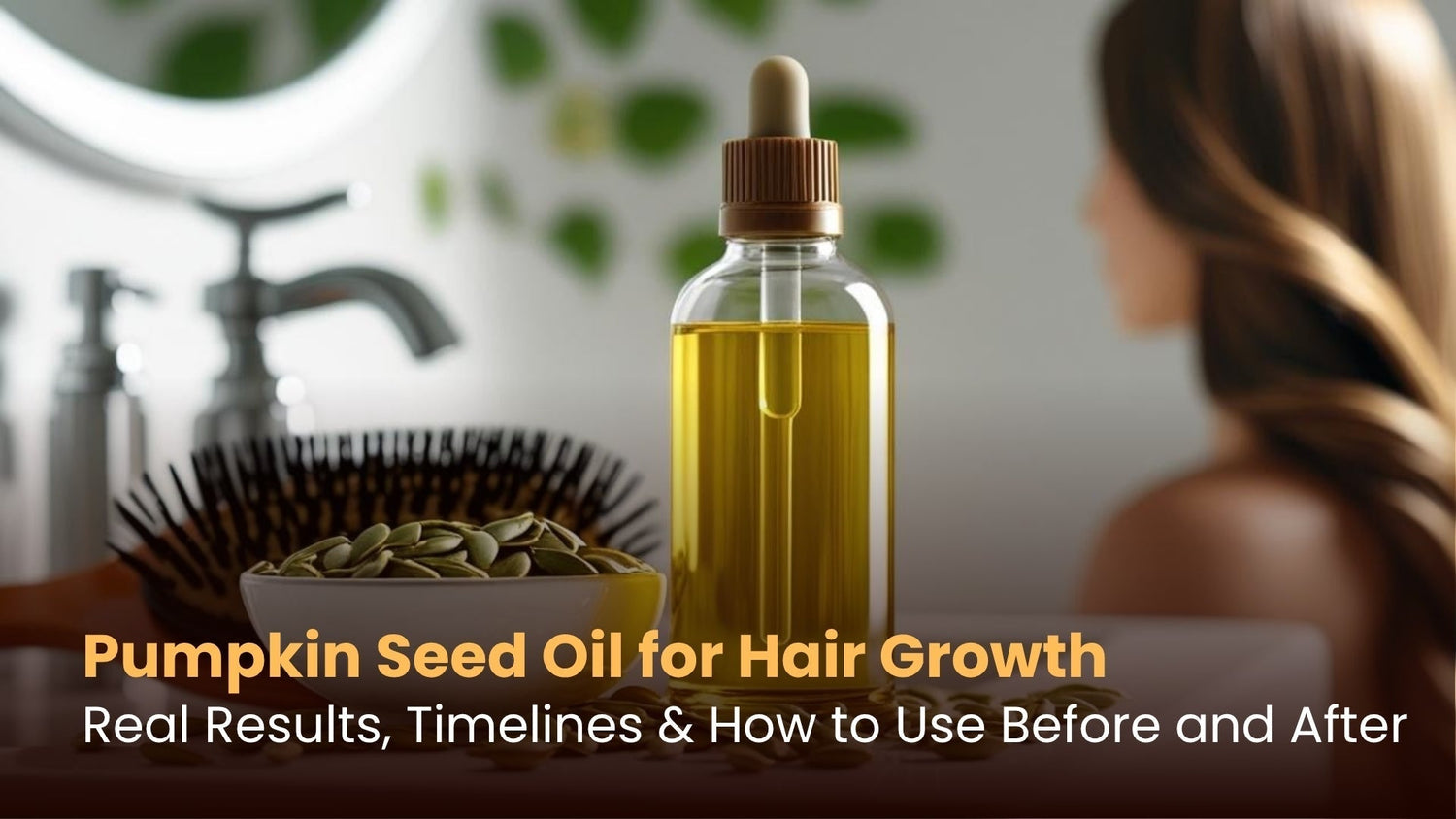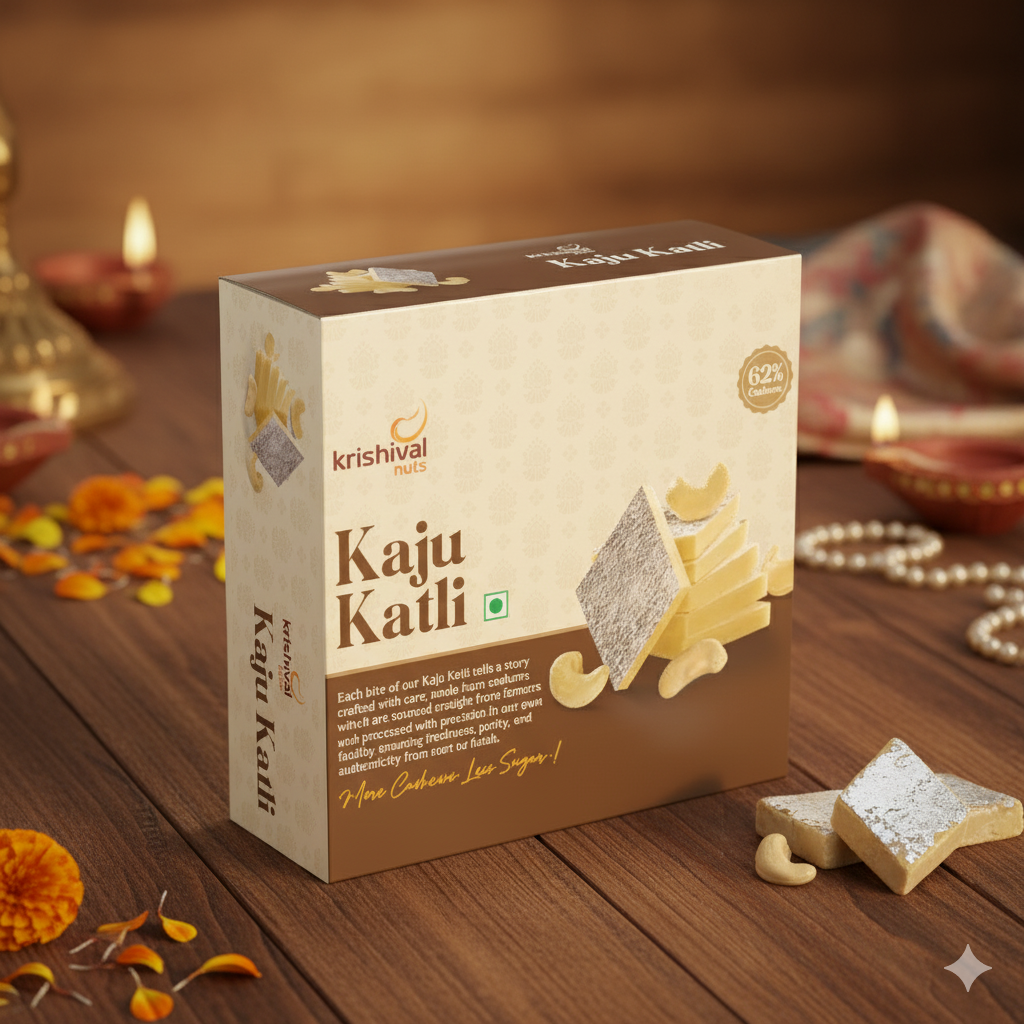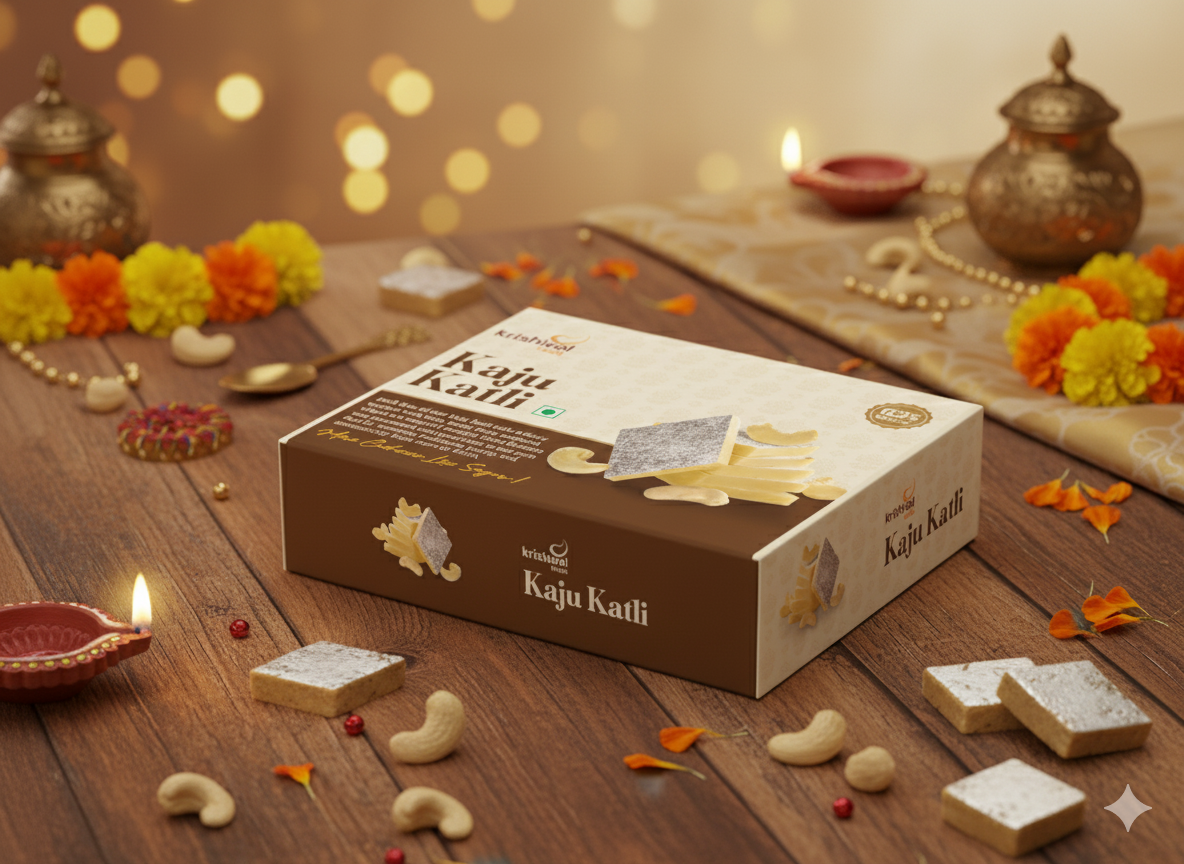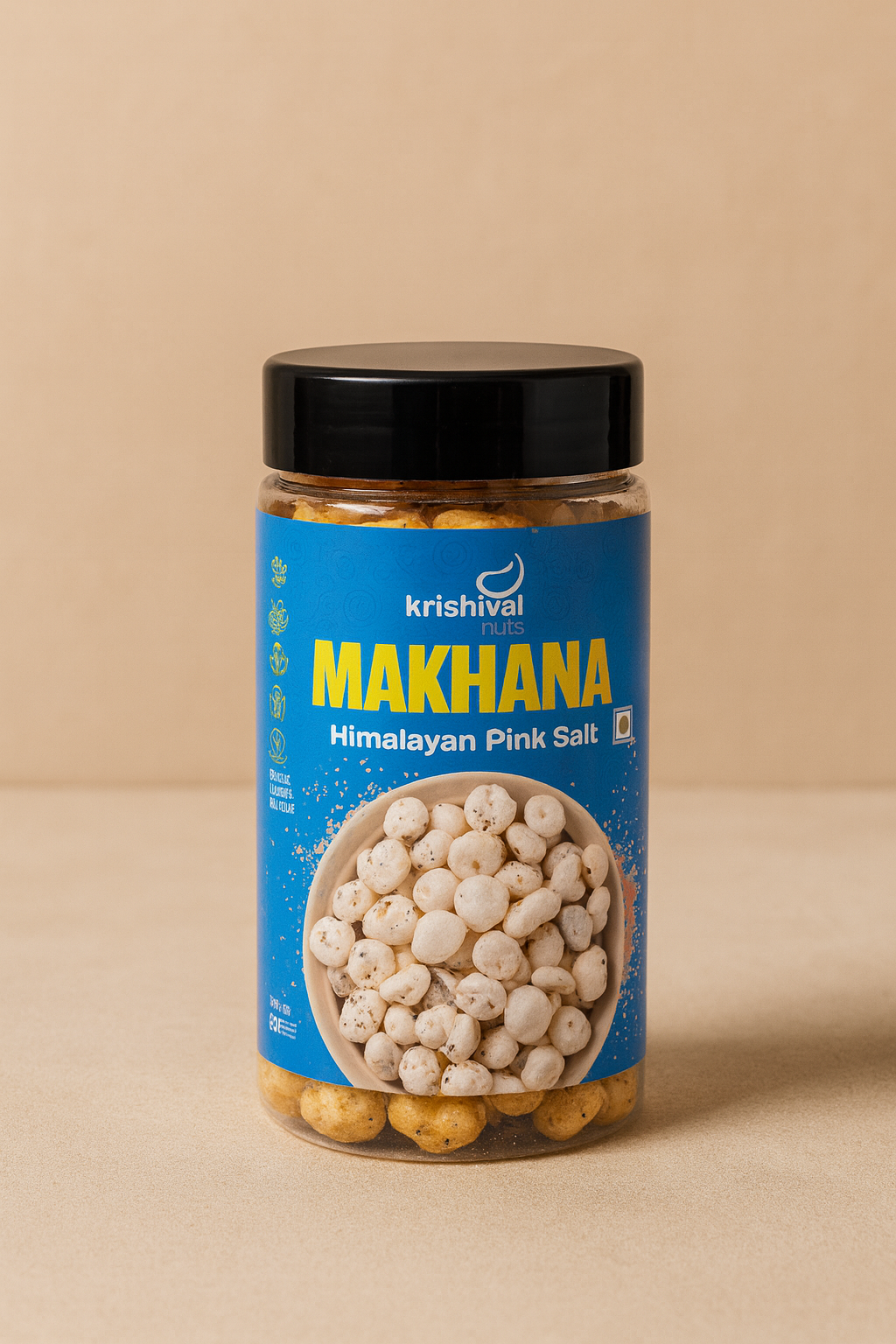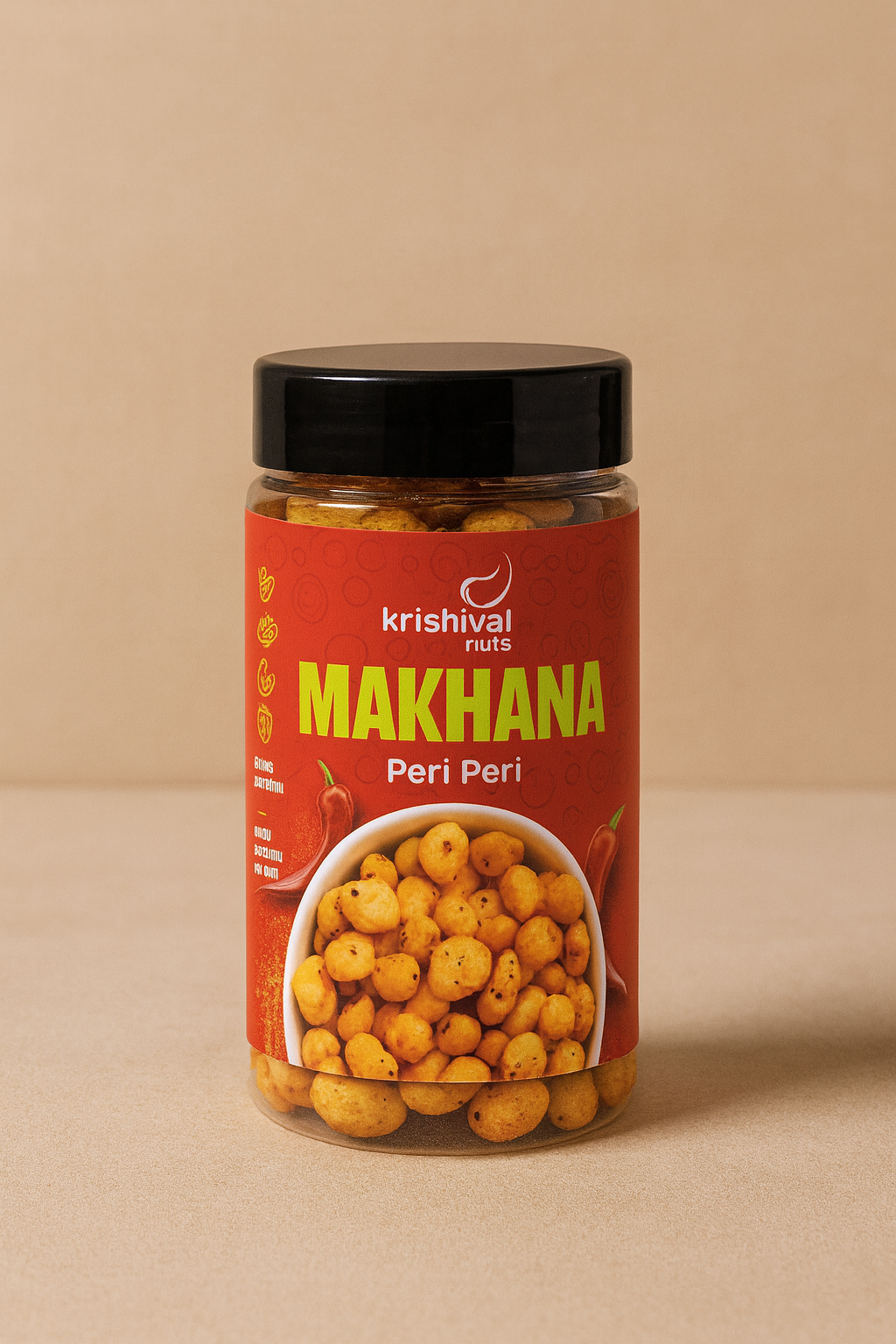Struggling with Hair Thinning? Could Pumpkin Seed Oil Be Your Natural Solution?
Many people feel frustrated by hair thinning and constantly look for natural ways to fix it. A promising natural hair growth solution is gaining attention: pumpkin seed oil. This article gives you a complete guide on using pumpkin seed oil for hair growth. It explains the results you can expect, the science behind how it works, and the best ways to use it. Krishival is committed to providing high-quality natural products to support your hair health journey.
What Exactly is Pumpkin Seed Oil and Why is it a Hair Care Hero?
Pumpkin seed oil is a natural oil extracted from pumpkin seeds, also known as pepita oil. The highest quality pumpkin seed oil extraction method is cold-pressing, which keeps the oil’s valuable nutrients intact. This oil, sometimes called pepita oil, comes from the seeds of the Cucurbita pepo pumpkin. It has a signature rich, dark green color and a pleasant nutty smell, which are both signs of a good, unrefined product.
For centuries, people have used pumpkin seed oil for its supposed healing qualities. Its powerful nutritional profile makes it a hero for hair care. The key characteristics of this beneficial oil include:
- Nutrient-Rich: It's full of vitamins, minerals, and fatty acids that help hair.
- Distinctive Color: High-quality, cold-pressed pumpkin seed oil has a deep green or reddish-brown hue.
- Earthy Aroma: It has a characteristic nutty scent.
The Science Unlocked: How Pumpkin Seed Oil Promotes Hair Growth
The science of pumpkin seed oil hair growth is linked to a few key actions. Researchers believe it works by blocking a hormone that causes hair loss and by delivering powerful nutrients directly to the scalp and hair follicles. This combination helps create the ideal environment for healthy hair to grow.
The DHT Connection: Blocking Hair Loss Hormones
Pumpkin seed oil is considered a natural DHT blocker. Dihydrotestosterone (DHT) is a hormone that causes hair loss, especially in androgenetic alopecia (pattern baldness). DHT can shrink hair follicles, making hair thinner and causing it to fall out.
The phytosterols in pumpkin seed oil are believed to stop this process. Phytosterols are natural plant compounds that can inhibit the 5-alpha reductase enzyme. This enzyme is responsible for converting testosterone into DHT. By blocking this enzyme, the oil helps lower the amount of DHT on the scalp, protecting the follicles.
A key 2014 study on men with androgenetic alopecia showed significant results. Men who took 400 mg of pumpkin seed oil daily for 24 weeks saw an average hair count increase of 40%, much higher than the 10% seen in the placebo group.
A Nutrient Powerhouse for Your Scalp and Strands
Beyond blocking DHT, pumpkin seed oil phytosterols and other compounds provide a wealth of nutrients essential for strong hair. Think of it like a superfood for your head. Pumpkin seeds are packed with nutrients that support the entire hair growth cycle.
Key nutrients include:
- Zinc: This mineral is vital for hair tissue growth and repair. It also helps the oil glands around the follicles work properly.
- Magnesium: It can improve blood flow to the scalp, ensuring more nutrients reach your hair follicles.
- Omega-3 and Omega-6 Fatty Acids: These essential fats nourish follicles, add shine, and can reduce inflammation on the scalp.
- Vitamin E: As a powerful antioxidant, Vitamin E protects the scalp from damage and supports overall health.
- Antioxidants: The oil is rich in antioxidants that fight oxidative stress, which can damage hair follicles.
Anti-inflammatory Properties for a Healthier Scalp
Pumpkin seed oil for scalp health is also effective due to its anti-inflammatory benefits. Scalp inflammation can disrupt the hair growth cycle and lead to shedding. The compounds in the oil can soothe irritation, creating a healthier and more balanced environment for hair follicles to thrive. This helps with conditions like dandruff and general scalp itchiness.
Pumpkin Seed Oil for Hair Growth: What Before and After Results Can You Realistically Expect?
Using pumpkin seed oil before and after starting treatment can show noticeable changes, but it's important to have realistic expectations. The pumpkin seed oil hair growth timeline depends on consistency, the quality of the oil, and your individual hair growth cycle. Results vary from person to person, but with consistent use, you can see improvements in hair thickness and scalp health.
Weeks 1-8: Early Signs & Reduced Shedding
How long for pumpkin seed oil to work? In the first couple of months, you probably won't see a lot of new hair. Instead, focus on subtle improvements. You might notice less hair falling out in the shower or on your brush. Your scalp may feel more nourished and less itchy or flaky. This early stage is about creating a better foundation for future growth.
Months 3-6: Emergence of New Hairs & Improved Texture
This is when you might start seeing the first signs of new growth. Look for fine, soft hairs, often called vellus hairs or "baby hairs," appearing along your hairline or in thinning areas. A 2014 study found that men saw noticeable improvements at the 24-week mark. Additionally, a 2021 study on women with female pattern hair loss also noted positive changes over a three-month period, including a significant decrease in vellus hairs and an increase in upright regrowing hairs. Your existing hair may also start to feel softer and look shinier.
Months 6-12+: Noticeable Thickness and Fuller Appearance
With continued and consistent use, you may see more significant changes. The new hairs that started as vellus hairs can become thicker terminal hairs. This can lead to a visibly fuller head of hair and better coverage in thinning spots. Some studies have shown up to a 30-40% increase in hair count after 24 weeks, so this period is when those results become more apparent.
Important Factors Influencing Your After Results
Several things can affect your results:
- Consistency: Using the oil regularly is the most important factor.
- Quality of Oil: Always use high-quality, cold-pressed, unrefined pumpkin seed oil.
- Cause of Hair Loss: It works best for hair loss linked to DHT, like androgenetic alopecia.
- Overall Health: A balanced diet and healthy lifestyle support hair growth.
- Application Method: Whether you apply it topically or take it orally, doing it correctly matters.
How to Use Pumpkin Seed Oil for Maximum Hair Growth Benefits
Knowing how to apply pumpkin seed oil for hair is key to getting the best results. You can use it directly on your scalp, in a mask, or even take it as a supplement. It's a good idea to perform a patch test before trying any new topical treatment to check for irritation.
Method 1: Direct Scalp Massage (The Go-To)
A direct scalp massage is the most popular way to use pumpkin seed oil.
- Warm a small amount of oil between your palms.
- Apply it directly to your scalp, focusing on areas with thinning hair.
- Gently massage it into your scalp for 5-10 minutes to boost circulation.
- Leave it on for at least 30 minutes. For a deep treatment, you can leave it in overnight.
- Wash it out with shampoo. You can do this 2-3 times a week.
Method 2: Potent Hot Oil Treatment
A hot oil treatment can help the oil penetrate more deeply.
- Gently warm the oil. You can place the oil bottle in a bowl of warm water. Never microwave it, as that can destroy nutrients. Test the temperature on your wrist to make sure it's not too hot.
- Apply the warm oil to clean, damp hair and scalp.
- Cover your hair with a warm towel or shower cap and leave it for 20-30 minutes.
- Shampoo and rinse as usual. This treatment is great to do once a week for extra nourishment.
Method 3: Nourishing DIY Hair Masks with PSO
A pumpkin seed oil hair mask recipe can combine the oil with other beneficial ingredients.
Recipe 1: Hydrating Mask
- Ingredients: 2 tbsp Pumpkin Seed Oil, 1 tbsp Honey, 1 tbsp Yogurt.
- Instructions: Mix the ingredients, apply to your hair and scalp, leave for 20-30 minutes, and then rinse thoroughly.
Recipe 2: Growth Booster Mask
- Ingredients: 2 tbsp Pumpkin Seed Oil, 3-5 drops of Rosemary Essential Oil.
- Instructions: Mix the oils together, massage into your scalp, let it sit for at least an hour, and then wash it out. Rosemary oil is also known to help block DHT and stimulate circulation.
Method 4: Taking Pumpkin Seed Oil Orally (Supplements or Oil)
You can also get benefits by taking pumpkin seed oil supplements for hair. The typical dosage is around 400-1000 mg of pumpkin seed oil in capsule form, often taken once or twice a day with meals. You can also take the liquid oil directly, about one teaspoon to one tablespoon daily, but the nutty taste might be strong for some people. Always talk to your doctor before starting any new supplement.
Tip: Combining Topical and Oral Use?
Should you use both methods? Some people find that combining topical application with oral supplements offers the most comprehensive benefits. The supplements work from the inside out, while the topical use delivers nutrients directly to your scalp.
Choosing the Best Pumpkin Seed Oil for Your Hair: Quality Matters!
To get the best pumpkin seed oil for hair growth, you need to choose a high-quality product. Not all oils are created equal, and the quality can greatly impact your results.
Here’s how to choose pumpkin seed oil:
- Look for Cold-Pressed & Unrefined: This method of extraction preserves the oil’s nutrients.
- Go for Organic: Organic oil is free from pesticides and other chemicals.
- Check the Color: Quality pumpkin seed oil should be a rich, dark green or reddish-brown. A pale yellow color may indicate it has been refined, which strips away nutrients.
- Examine the Packaging: The oil should be in a dark glass bottle to protect it from light, which can cause it to spoil.
- Ensure Purity: Check the label to make sure there are no additives or filler oils.
For a reliable choice, consider Krishival's high-quality pumpkin seed oil, which meets these standards.
Potential Side Effects and Precautions
Pumpkin seed oil is generally safe for most people, but there are some potential side effects to be aware of.
- Topical Use: When applied to the skin, pumpkin seed oil side effects for hair are rare but can include scalp irritation or an allergic reaction. It's always best to do a patch test on a small area of skin before applying it all over your scalp.
- Oral Use: Taking the oil by mouth can sometimes cause digestive discomfort.
- Consult a Professional: If you are pregnant, on medication, or have existing health concerns, talk to a healthcare professional before adding pumpkin seed oil to your routine.
Pumpkin Seed Oil vs. Other Hair Growth Treatments
When considering hair loss treatments, it's helpful to compare pumpkin seed oil vs minoxidil and other options.
|
Feature |
Pumpkin Seed Oil |
Minoxidil |
Rosemary Oil |
|
Mechanism |
Believed to inhibit DHT and provide nutrients. |
Stimulates follicles and improves blood flow. |
May block DHT and improve circulation. |
|
Pros |
Natural, few side effects, nourishes scalp. |
FDA-approved, proven effective for many. |
Natural, smells nice, may also help with dandruff. |
|
Cons |
Slower results, less research than Minoxidil. |
Can cause scalp irritation, unwanted hair growth, potential side effects. |
Can cause scalp irritation, less research than Minoxidil. |
|
Typical Time to Results |
3-6 months. |
3-6 months. |
Similar to other natural oils, several months. |
Pumpkin seed oil stands out as a gentle, natural alternative to minoxidil, with growing scientific evidence supporting its use.
Embrace Healthier, Fuller Hair with Pumpkin Seed Oil: Your Next Steps
Pumpkin seed oil offers a natural and promising path to healthier hair. Backed by science, its ability to counter DHT and deliver vital nutrients makes it a powerful tool in the fight against hair thinning.
Remember that achieving visible before and after results requires patience and consistency. It's not an overnight fix, but a journey toward nurturing your hair back to health. By choosing a high-quality oil and using it regularly, you can create the best possible environment for hair growth.
Start your journey to healthier hair today by incorporating this natural remedy into your routine. Explore Krishival's premium pumpkin seed oil to ensure you are using a pure and potent product.
Conclusion
Pumpkin seed oil presents a promising natural solution for promoting hair growth, especially for those dealing with hair thinning or androgenetic alopecia. Its powerful DHT-blocking properties, combined with its rich nutrient profile, make it an effective treatment for stimulating hair follicles and supporting overall scalp health. While results can vary depending on individual factors, consistency in use over several months can lead to noticeable improvements in hair thickness, texture, and scalp health.
For optimal results, it's essential to use high-quality, cold-pressed pumpkin seed oil, and consider combining topical applications with oral supplementation. Be patient, as the journey to fuller, healthier hair may take time, but with proper care and the right product, you can improve the condition of your hair and create a better environment for growth.
Frequently Asked Questions (FAQs) about Pumpkin Seed Oil for Hair Growth
1. Can pumpkin seed oil reverse baldness completely?
It is not a guaranteed cure for all types of baldness. It can help reduce hair loss and promote growth, particularly in cases of androgenetic alopecia, but results vary.
2. Is pumpkin seed oil good for female pattern hair loss?
Yes, studies suggest it can be effective. A 2021 study showed that topical pumpkin seed oil improved hair growth in women with female pattern hair loss.
3. How often should I use pumpkin seed oil on my hair?
Using it topically 2-3 times per week is a common recommendation.
4. Can I leave pumpkin seed oil in my hair overnight?
Yes, many people leave it in overnight for a deeper conditioning treatment and wash it out in the morning.
5. Will pumpkin seed oil make my hair greasy?
It can if you use too much or don't wash it out properly. Start with a small amount and apply it mainly to the scalp.
6. Does eating pumpkin seeds have the same effect as using the oil?
Pumpkin seeds are very nutritious, but the oil is a much more concentrated source of the active compounds believed to help with hair growth.
7. Can I mix pumpkin seed oil with other oils like coconut or castor oil?
Yes, it is often mixed with carrier oils like coconut or jojoba oil, which can also benefit hair health.
8. How long does a bottle of pumpkin seed oil last for hair treatment?
This depends entirely on how often you use it and how much you apply each time.
9. Are there any specific brands of pumpkin seed oil recommended for hair growth in India? Instead of focusing on brands, look for the quality markers discussed earlier: cold-pressed, unrefined, organic, and packaged in a dark glass bottle, like the oil offered by Krishival.
10. Can pumpkin seed oil help with beard growth too?
The same DHT-blocking mechanism might apply to facial hair, so it's possible. However, there is less specific research on its effect on beards.
11. What does pumpkin seed oil smell like?
It has a distinct nutty and earthy aroma.
12. Can I use pumpkin seed oil if I have a sensitive scalp?
It's best to perform a patch test first. Diluting it with a gentle carrier oil can also help reduce the chance of irritation.
13. Does pumpkin seed oil help with dandruff?
Yes, its anti-inflammatory properties can help soothe the scalp and may reduce dandruff.
14. Can pumpkin seed oil change hair color?
No, there is no evidence that pumpkin seed oil can change your hair color.
15. Where can I buy high-quality pumpkin seed oil?
You can find it at health food stores and online from trusted sources that prioritize quality, such as Krishival.

